What are acid plants?
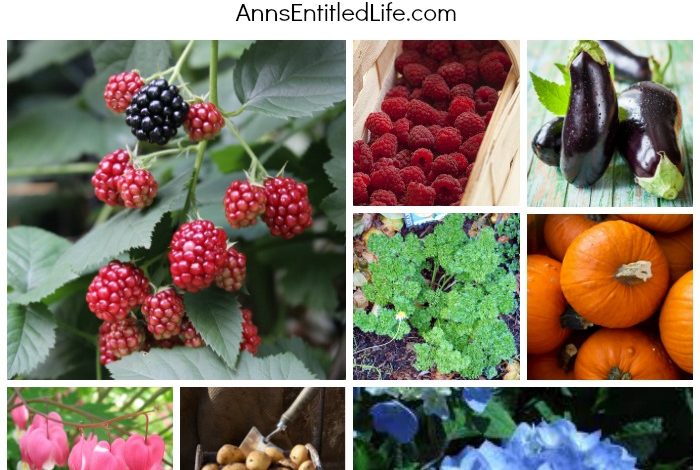
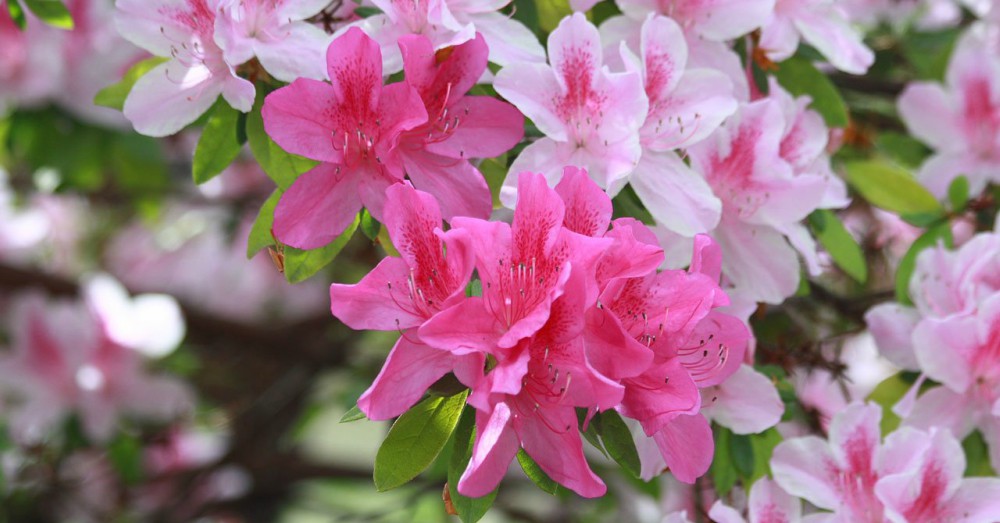
It is one of the common questions that we are asked in our centers: what are acid or acidophilic plants? A qualifier describing a group of plants with similar and peculiar cultivation characteristics; that, far from ignoring, we will have to know firsthand in order to enjoy them successfully. And it’s well worth it since, within this botanical family, we find plants as special as the Azalea, the Rodondendron, the Hydrangea or the Camellia.
Their specific needs are nothing more than a reflection of a reality: most of the acidic plants that we enjoy in our gardens are not native to our climate, but rather come mostly from Asia. A continent in which both soil and climatological conditions are substantially different, and which largely mark the life of this type of plant.
Thus, let us discover what acid plants are and what their singularities are, both in order to take care of them and to ask ourselves if the place where we live meets the cultivation conditions that they require.
CHARACTERISTICS OF ACID PLANTS
The fundamental difference that acid plants present with respect to others lies in their demand for acidity of the soil in which they are planted. Thus, in order to bring this type of plant to fruition, we will have to consider that the acidophilic ones require a pH of between 4.5 and 6.5 in order to be able to feed on it correctly (moreover: their development in general is better when the soil is between 6 and 7 acidity, although this also depends on each plant species).
It is important to know that this factor is decisive for its good health and flowering. So much so that, if an acidic plant is planted in a neutral or basic soil (at the pH level), it will not be able to prosper: its roots will not be able to extract from the soil what they need to shine and flourish, and they will let us know by yellowing their leaves (or, what is the same, entering what is called chlorosis).
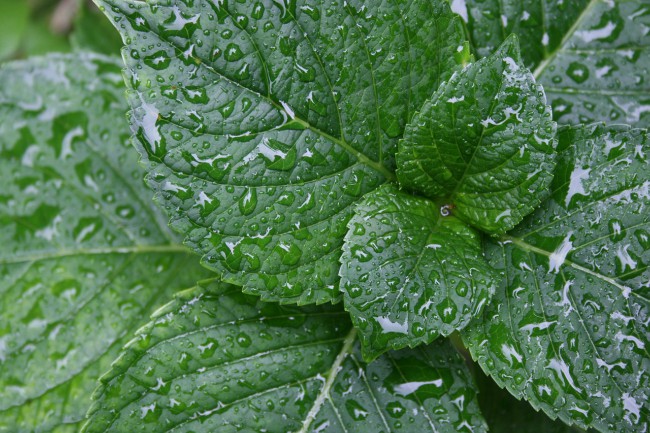
This coloration of the leaves of acidic plants is nothing more than a sign that the roots are not properly absorbing iron and magnesium from the soil in which they are planted. A real sign that it is time to change the substrate (if our plant is in a pot, it is as simple as transplanting it with an acid plant substrate and adding a specific fertilizer for them) or even to change its location (in case after it is planted in the ground, we will have to find out if it is alkaline, neutral or acidic).
However, and beyond the substrate, another factor that can cause this chlorosis is an excess of lime. An element that is not present in the water in Asian climates but is in Mediterranean ones, so the ideal is that we water our acid plants with distilled or rainwater to avoid excess lime.
CARE OF ACID PLANTS
As we said before, the origin of acid plants largely determines their cultivation needs. It is important to bear in mind that Asian climates are characterized by having well-differentiated seasons that are much less extreme than ours (summer is warm without being hot, winter is marked by slightly extreme temperatures with mild frosts). To this we must add that the degree of humidity is constant throughout the year, something important for acid plants.
Precisely for these reasons, it is important to know that acid plants are not lovers of direct sun (growing much better in shaded or semi-shaded areas). So few lovers that, if they are receiving more sun than necessary, their leaves will once again give us a clue: they will burn.
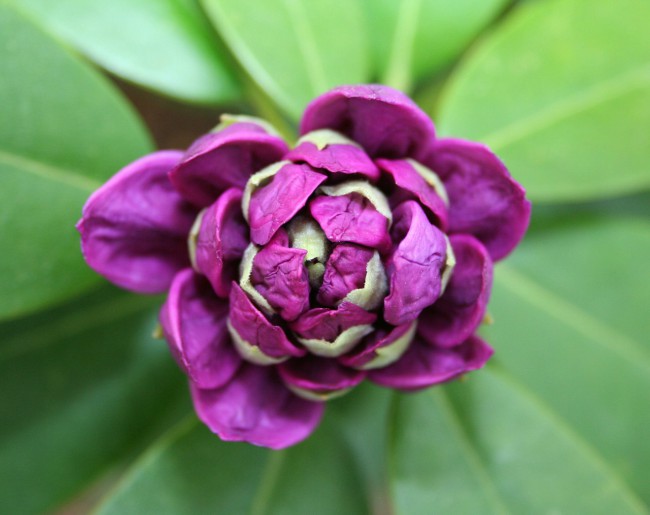
In the same way and due to the characteristics of their climate of origin, they need a good degree of humidity both in the plant itself (so they will require abundant and constant watering, even daily, but always avoiding waterlogging of the roots) and in the the environment in which it is (so it will not grow correctly in a dry climate or indoors, where we will have to spray water on its leaves to avoid dehydration).
Finally, it is important to consider that acid plants do not tolerate low winter temperatures very well (we are referring, above all, to frost). A compelling reason to grow them in pots, with a view to being able to put them under cover during the months when temperatures drop significantly below zero.
Far from being complicated, these tips for growing and caring for acid plants are simple to carry out; And above all, they are worth it! Because few plant families are as spectacular in terms of flowering as the acidophilic ones.
So go ahead and pamper them and enjoy them with all their beauty and health!
Visit the available substrates for acid plants> Substrates


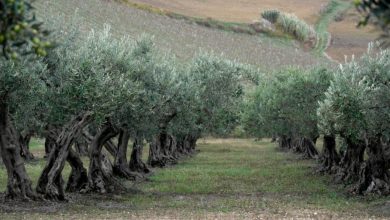
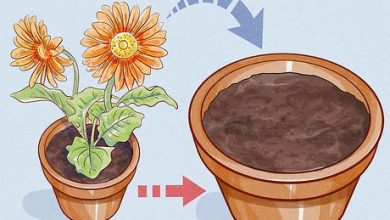
![Photo of How to Plant Mint Step by Step: [Guide + Images]](https://www.complete-gardening.com/wp-content/uploads/2022/08/how-to-plant-mint-step-by-step-guide-images-390x220.jpg)